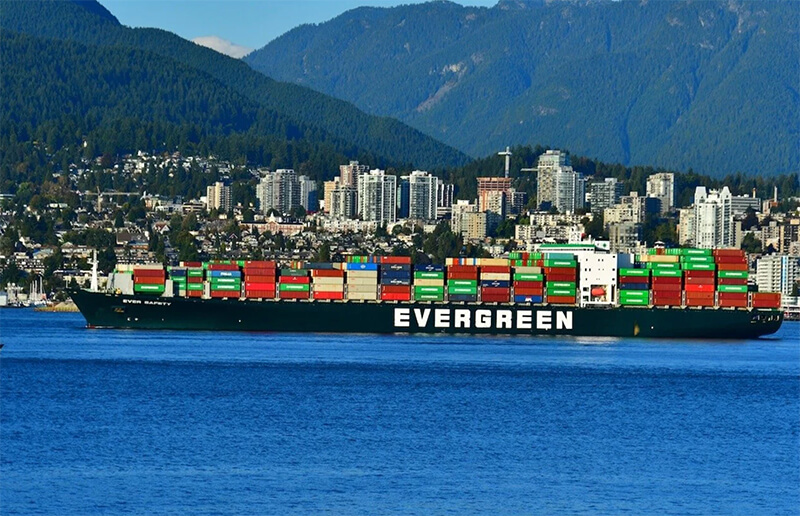BAF; Bunker Adjustment Factor
With the recent implementation of the new emission regulation by the IMO 2020, the shipping industry has gone bonkers, especially regarding the “Bunker” prices what is often called “Bunker adjustment factor” or just BAF. (“Bunker” refers to the fuel used to carry out shipping operations.)
Read on to know how the IMO 2020 has impacted the Bunker Adjustment Factor (BAF), and what we can expect in the future.
With the coming of the IMO 2020, a new regulation has come into force from January 1, 2020. Keeping up with the European Green Deal (EGD) and MARPOL convention, it aims to reduce the pollution levels globally by cutting and controlling emissions.
International Maritime Organisation (IMO) has standardized and placed regulations for emission control with its mandatory Data Collection System (DCS) – including the Global Sulphur Cap. According to the new rule, the sulphur emissions should be cut from 3.5% to now, 0.5% (outside ECAs).
The carriers have 3 possible options for implementing this
- Transition to low-sulphur fuels,
- Use the less-expensive bunker fuel, but incurring the cost of installing scrubbers,
- Apply to the flag state for a waiver on behalf of the IMO.
The adoption of green technologies to control sulphur emissions like installing scrubbers (exhausts), switching to renewable sources of energy, or using fuels with low or very-low sulphur content comes at an added cost. Compliance with this new rule means increased costs of shipping – either additional logistics tariff or the hiked low-sulphur fuel charges.
If the company goes for the latter, the BAF surcharge would now be calculated based on the new fuel charges (which is low in sulphur content), pointing towards increased BAF charges.
What do the Companies Call it Listed?
There still isn’t any standard rates for BAF. With the coming of the new regulation, it seems that each ship operator has approached it in their own way.
Some have a different name for it, while some are adding it on the top of their ocean charges – further complicating the matters. In a commentary published by the Journal of Commerce, Klaus Schnede, manager, North America Marine Category at Eastman, said: “We are not anywhere close to fully understanding the financial impact [of the IMO 2020 rule] to any of the parties. We only know that cost will go up, but not exactly by how much.”
According to the reports, the shipping charges have increased from ~ $10 – $290 TEU on most routes from the Mediterranean to the US Gulf. Off-sea, the carriers have raised their revenues to cover their increased fuel-costs after implementing the new regulation.
Here’s an overview of the pricing (based on sailing from Asia to North Europe):
| Carrier | Charge USD |
| Alphaliner | $80/ TEU |
| ONE Line | $95/ TEU |
| COSCO | $105/ TEU |
| OOCL & Evergreen | $106/ TEU |
| HMM | $112/ TEU |
| MAERSK | $116/ TEU |
| YangMing | $125/ TEU |
| Hapag-Lioyd | $135/ TEU |


